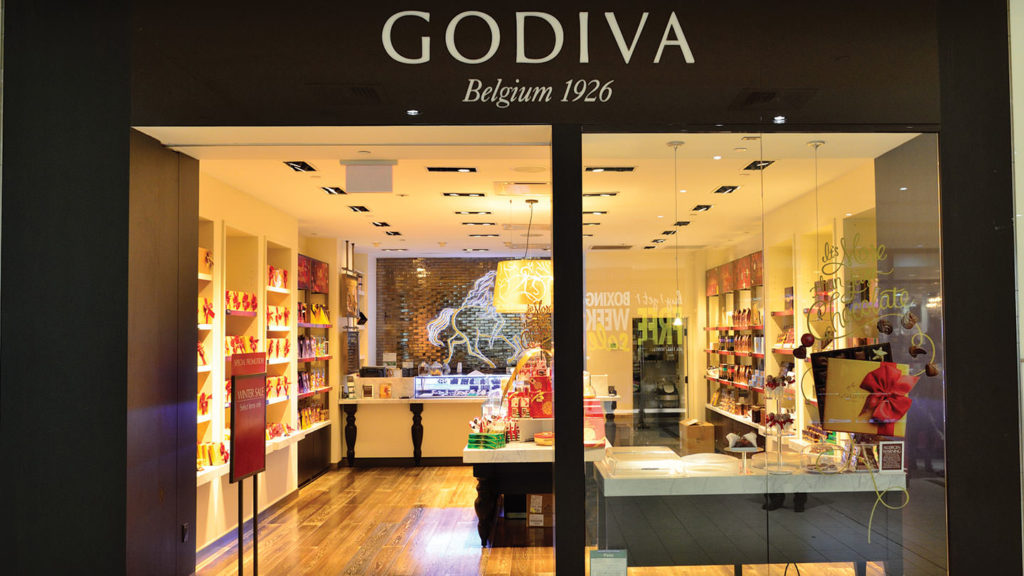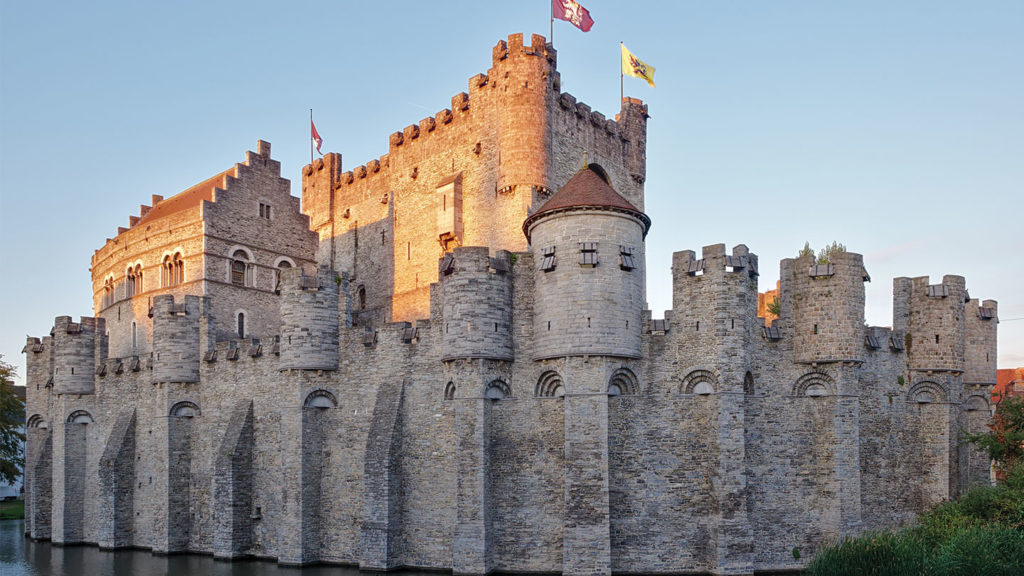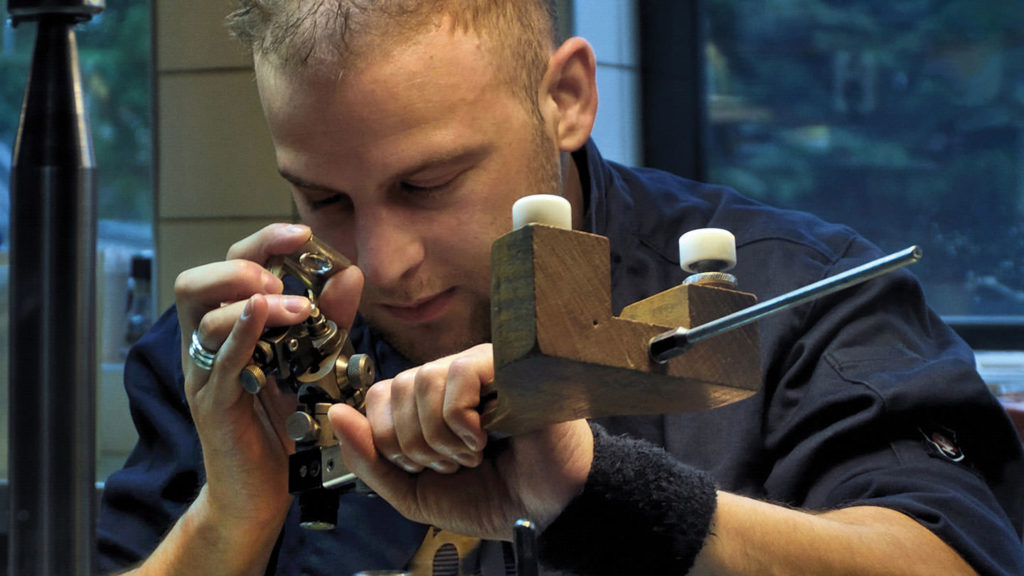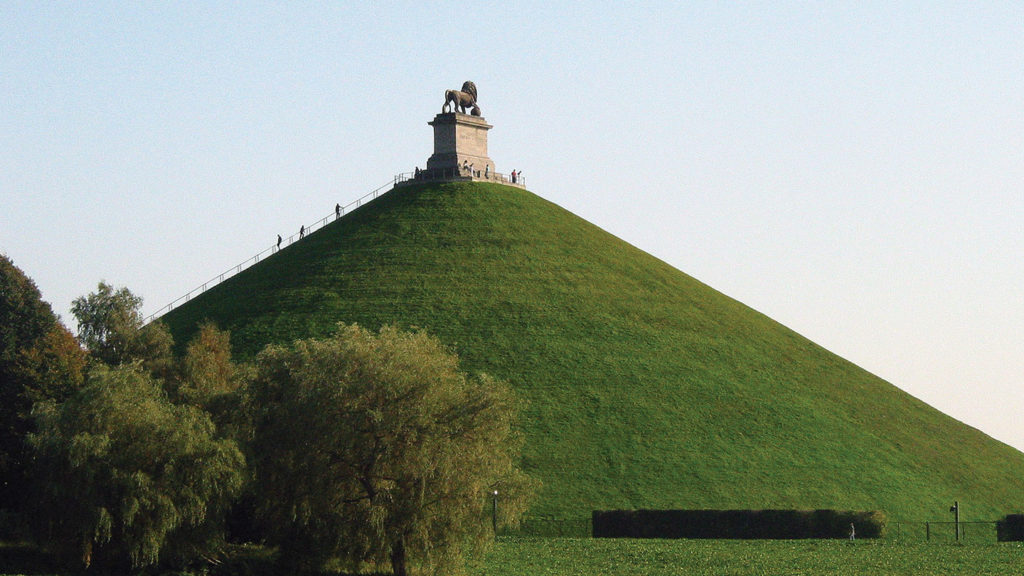Recently updated on March 4th, 2025 at 01:50 pm
Belgian chocolate remains one of the country’s most famous exports. Did you know that the country produces about 600,000 tons of chocolate per year? That’s a lot of chocolate, even for avid fans of Charlie and the Chocolate Factory.
Here are eight interesting facts about Belgium and their delectable Belgian chocolate to whet your travel appetite:
1. Belgian chocolate galore
Belgium is just 30,689 km², relatively small in size for a country. But, it’s still one of the top four chocolate-producing countries in the world (the others are the US, Switzerland and neighbouring Germany).
It’s little wonder then, that the country boasts up to 2000 chocolate shops. Godiva, one of the world’s iconic chocolatiers, is based in Brussels. While there are many extraordinary chocolate-tasting experiences around the world, Belgium ticks all the boxes for excellence.
RELATED CONTENT: Chocolate-tasting experiences around the world


In 1884, various laws were set to quality check and regulate the production of Belgian chocolate. For example, at least 35% of the ingredients must be pure cocoa. Artificial and other fats are not allowed in authentic Belgian chocolate.
The Belgians take great pride in the age-old process of chocolate-making. Many local chocolatiers still use the traditional method, by hand, with no help from modern technology or machinery. So, rest assured that you’re getting the very best when you buy Belgian chocolate.
EAT YOUR CHOCOLATE HEART OUT ON: Best of Holland, Belgium and Luxembourg
2. Castles everywhere
Once again, this small country packs a serious punch in yet another department – castles. Belgium has one of the highest density of castles, citadels and fortresses per square kilometre in the world. Some regions even boast two castles per village.


Trafalgar guests can step back in time to a swashbuckling era in the port city of Ghent. Visit the medieval city’s three famous towers – Saint Nicholas’ Church, the Belfry and Saint Bavo’s Cathedral – and learn about their intriguing history. In Brussels, spot the Royal Palace, while in Antwerp, marvel at Steen Castle, known locally as Het Steen.
RELATED CONTENT: 7 historically significant places to visit in Belgium
3. Forget Belgian chocolate. What about Belgian lace?
Lacemaking is a delicate thread that runs through Belgium’s captivating history. Long before Belgium, as we know it, was founded (in the 1830s), lace was meticulously crafted in the region.
The tradition of lacemaking dates back to the 16th century in the Flemish part of the country. Today, Belgian lace is renowned as some of the best in the world. When in Bruges, Trafalgar guests can discover the secret techniques of Belgian lacemaking. Guests also get to Connect with Locals, meeting Marc Nyssen at his 18th-century farmstead to learn about Flanders farm life, past and present.
RELATED CONTENT: Learn about the techniques of Belgian lacemaking and visit an 18th-century farmstead.
4. Venice of the North
Medieval Bruges is sometimes referred to as Belgium’s Venice of the North. It’s easy to see why it’s become one of the most visited cities in Europe. Take a carriage ride past the canals and cobbled squares. Admire the swans and ornate bridges of the Lake of Love. Marvel at the gabled houses reflected in the canals.
If your taste buds are more savoury than sweet, you’ll be pleased to hear there’s more than Belgian chocolate on the menu. A hidden gem, loved by Trafalgar Travel Directors and guests alike, is the Frites Museum. Yes, there’s a museum dedicated to the jazzed up, moreish potato fry.
5. Royal roots
While the British Royal Family may be the world’s most famous, many other European monarchies still survive today. Belgium is in fact the Kingdom of Belgium, where King Philippe is the current King.
The Royal Palace of Brussels is the official palace of the King and Queen and is used for official business. The King and his family live in the Royal Palace of Laeken, on the outskirts of the capital.
6. All that sparkles
Did you know that Antwerp, Belgium’s second-largest city in the Flanders region, is known as the diamond capital of the world? Up to 80% of the world’s diamonds are said to be cut and traded here. Discover the city with a Local Specialist and learn about the city’s sparkling origins.


7. The low gender pay gap
Belgium is one of the countries that is leading the way when it comes to gender equality. The state can proudly claim one of the smallest salary gaps between men and women in the EU. Here’s how Belgium is closing the gap.
8. War and Peace
With a history that one can trace back before the first century, Belgium has weathered its fair share of wars. Visit the historic town of Ypres and learn about its involvement in World War I. There are two famous cemeteries and other notable sights to learn about the history of the area. Today, Ypres has been nominated as a ‘city of peace.’
Further back, in 1815, another critical moment in the history of European wars took place. In 1815, Napoleon fought his famous last, epic battle here against the Duke of Wellington. You’ll visit the battlefields and monuments in the small town of Waterloo, and discover how the face of Europe was changed forever.


Thankfully today, Belgium is ranked as one of the safest and most peaceful countries in the world with a high standard of living.
Beyond Belgian chocolate, what would be on your wish list when visiting Belgium? Tell us what you’d love to see (or eat) in the comments below…